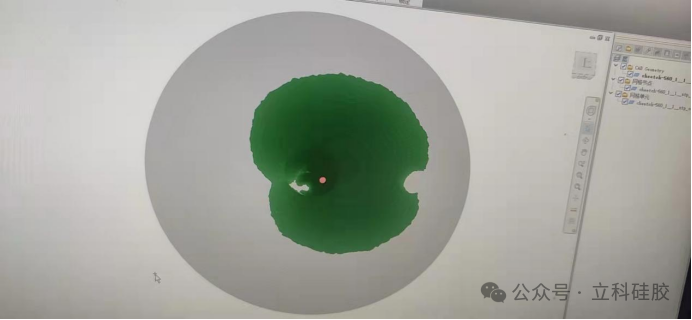Mold flow analysis is a key evaluation activity performed before the mold manufacturing process begins. The purpose of this step is to identify and address potential problems or technical deficiencies before investing significant resources (both time and money) to produce the final product. Through this pre-analysis, the high quality of the final product can be ensured and the waste of resources in the manufacturing process can be minimized.
Mode flow analysis involves multiple parameters, such as temperature and pressure. Professional services such as Prototool take this approach, not only to prevent waste of resources, but also to ensure that orders are fulfilled on time. This pre-evaluated production feasibility can significantly save time and reduce unnecessary expenses, and improve overall production efficiency and economic benefits.
Table of Contents
ToggleBenefits of modal flow analysis
Mode flow analysis offers a number of significant benefits to businesses and their end users. Here are some of key advantages.
1. Optimize gate location
In the injection molding process, the correct gate position is very important, because it is the entrance of the molten plastic into the mold. Improper gate placement can result in uneven plastic flow, resulting in defective products. Moldflow analysis ensures that the molten plastic fills the mold evenly and reduces production defects by optimizing the position of the gate.
2. Identify potential problems in components
Producing defective products can result in high redesign and manufacturing costs. Moldflow analysis is able to predict the location of defects that may occur in parts during production. It allows designers to make necessary adjustments before production, reducing production costs and time.
3. Prepare the fill mode
By predicting filling patterns, Moldflow analysis helps design engineers model how molten plastic will flow into the mold before production. It allows design engineers model to anticipate the appearance of the finished product and makes adjustments to improve the design efficiency of the mold.
4. Design modification and optimization
Mold flow analysis helps minimize errors and inaccuracies in the mold design phase. It facilitates the creation of new designs and the improvement of existing designs, helping to produce higher quality products.
5. Improve the overall product quality
Mold flow analysis is a powerful tool for engineers to improve the overall quality of products. Through the prediction and analysis of molten plastic flow, the design can be adjusted in time to improve the production quality of products.
6. Shorten delivery time
By identifying problems that may be encountered in production ahead of time, Mold flow analysis can shorten the overall time from production to delivery, helping businesses meet market demands faster.
7. Determine the material shrinkage rate
The shrinkage rate of the material during injection molding is a factor that must be considered. Mold flow analysis can accurately determine the shrinkage rate of different plastic types. This is crucial in deciding which resin to use and predicting the final size of the product.
With these capabilities, Mold flow analysis not only optimizes the production process, but also enhances product design and quality control. It brings significant economic benefits and competitive advantages to enterprises.
Whether a mold flow analysis is required for each product
In some cases, depending on the size of the product, the geometry and the complexity of the design, the mold flow analysis may need to be performed multiple times according to different criteria. The geometry of the product, especially the size and complexity of the design will affect whether a mold flow analysis is required. For simple components, or for products that have already been designed and are in low demand, mode flow analysis may not be the most cost-effective option. Software resources and human investment required may not be rewarded.
In addition, employees in manufacturing companies are often familiar with a variety of materials. This familiarity allows them to effectively form without special tools. They have an in-depth understanding of the parameters and performance of each material. They can be flexibly adjusted during the production process. However, for products using unusual materials or complex designs, mold flow analysis techniques are particularly valuable. This technology can help manufacturers predict product performance and quality more accurately. It ensures superior production results, especially when exploring new materials or innovative designs. Mode flow analysis helps optimize the production process and reduce risk, and improve the success rate of the final product.
conclusion
Mode flow analysis is a key technique used to maximize resource utilization and create the highest quality products. It optimizes the entire injection molding process, especially where the production of durable products is the main goal. Its benefits are particularly significant. Mold flow analysis is considered one of the most important techniques in injection molding. To achieve optimal production results, designers must incorporate mold flow analysis into their development process to ensure design accuracy and production efficiency. In this way, mold flow analysis not only improves product quality, but also enhances the economy and sustainability of the production process.







